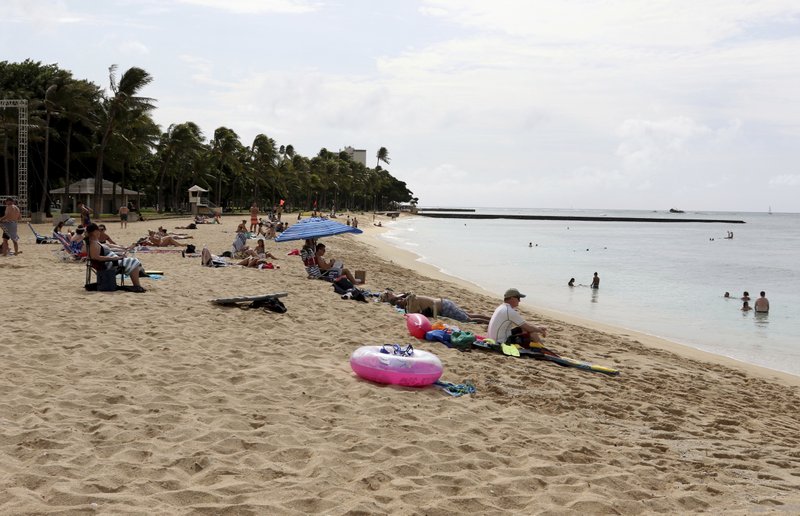HONOLULU -- Hawaii officials were checking to see if sirens, intended to alert tourists and residents to a possible nuclear attack from North Korea, malfunctioned during a test Friday or were simply not loud enough. Friday's first test of the warning system since the end of the Cold War was barely heard at one of the state's most popular beaches.
The sirens were largely drowned out by crashing waves and wind along Waikiki, the famous stretch of beach in the shadow of the Diamond Head volcano. Beachgoers hardly noticed the test. The intended warning would give people 20 minutes to take shelter.
Vern Miyagi, administrator of the Hawaii Emergency Management Agency, said early reports indicate that the test went well, but officials could get complaints later. They will document any they receive and investigate if there were any glitches -- a process they carry out after every monthly test of a siren to warn of natural disasters.
There are 385 warning sirens throughout the islands. How well someone hears them depends on how close the person is to a device, Miyagi said.
Hawaii officials said it is the first state to revive the Cold War-era attack warning system. The wailing siren sounded for a minute after the normal testing of sirens to warn of tsunamis and other events.
The possibility of a nuclear strike is remote, but it's important to be prepared, Gov. David Ige said last week.
Karen Lindsay and Carolyn Fujioka of Honolulu kept eating their lunch in Ala Moana Beach Park, about a mile from Waikiki, during Friday's test. They thought that if it were a real emergency, there would not be time to do much.
"It's great to alert us, I guess to say our last goodbyes, which is basically all you can do," Lindsay said. "You just hope it never comes to that."
The island of Oahu is home to U.S. Pacific Command, the military's headquarters for the Asia-Pacific region. It also hosts dozens of Navy ships at Pearl Harbor and is a key base for the Air Force, Army and Marine Corps.
Information for this article was contributed by Haven Daley of The Associated Press.
A Section on 12/03/2017
